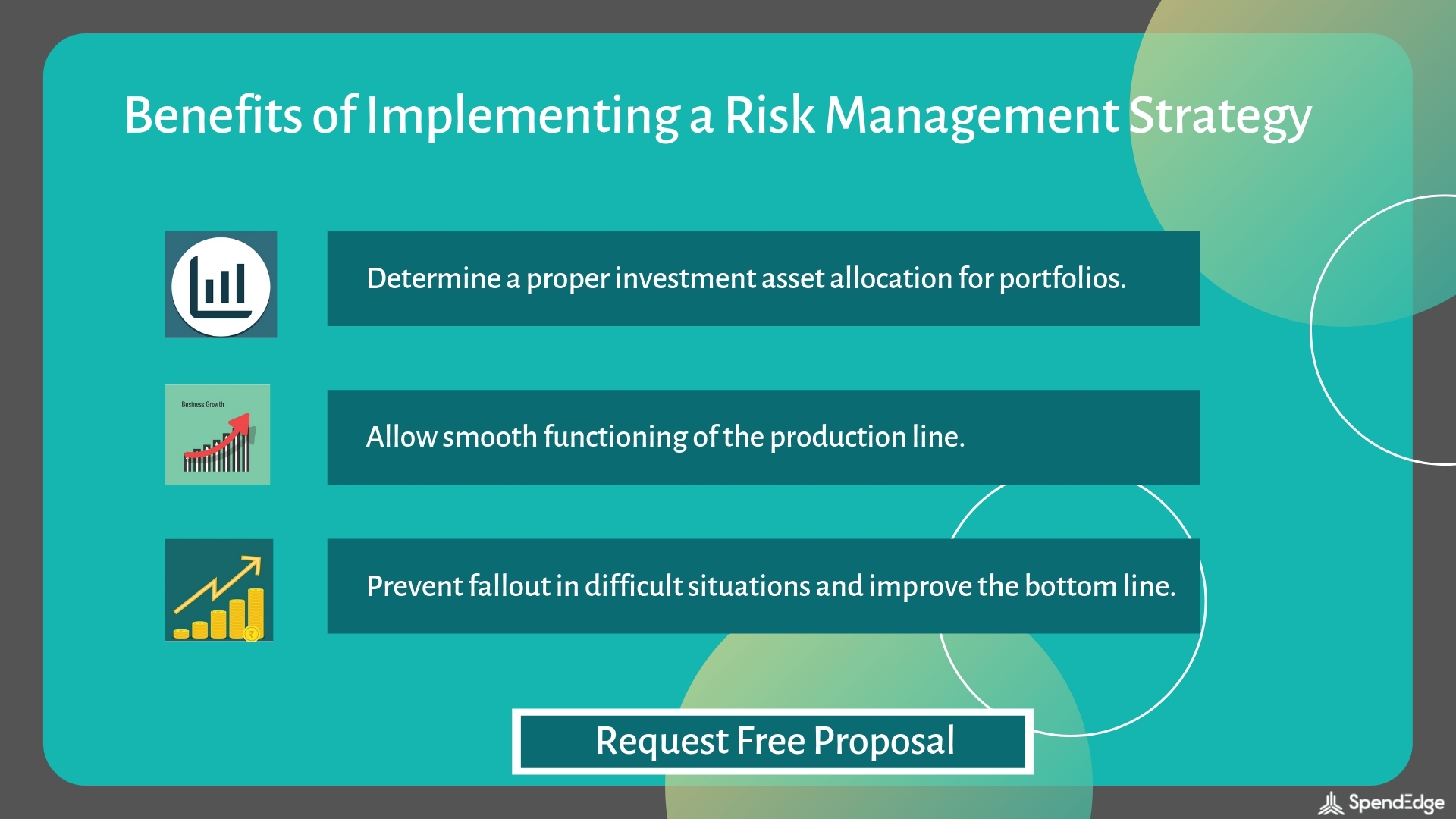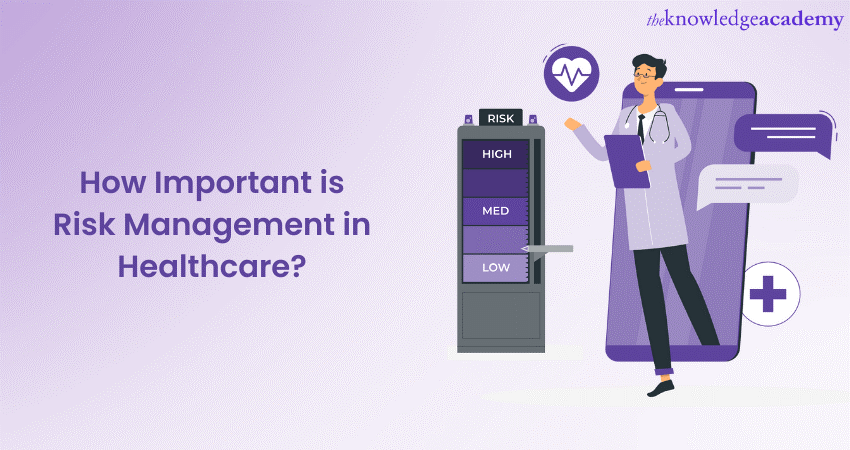The Crucial Importance of Risk Management in Monetary Decision Making
The Crucial Importance of Risk Management in Monetary Decision Making
Blog Article
The Vital Significance of Risk Management in Getting Business Objectives
This is where Risk Management steps in, offering an organized strategy to identifying, evaluating, and mitigating possible roadblocks to advance. As we check out the essential duty of Risk Management in accomplishing organizational objectives, one can't aid however question: exactly how does this translate right into real-world success?
Comprehending the Idea of Risk Management in Organization

The Integral Role of Risk Management in Strategic Planning
Integrating Risk Management into strategic preparation acts as a safeguard for organizations, securing their long-term plans with a strong structure of readiness and strength. It operates as the organization's radar, identifying possible threats and susceptabilities that could disrupt the course towards accomplishing their specified objectives. Risk Management offers a structure for anticipating unpredictabilities and creating appropriate reactions, ensuring the company's survival and prosperity even in the face of adversity. By incorporating Risk Management right into strategic planning, organizations can transform these uncertainties right into possibilities for development and advancement. This calculated interweaving of Risk Management fosters flexibility, making organizations a lot more durable and enabling them to navigate the ever-changing company landscape confidently. Risk Management becomes a vital device in tactical planning, instrumental in securing lasting success.

Techniques for Identifying, Assessing, and Prioritizing Risks
Browsing the complex landscape of dangers needs the application of specific techniques for their evaluation, prioritization, and recognition. The procedure begins with Risk recognition, using devices such as SWOT analysis, which helps in identifying possible risks and possibilities. Next, Risk assessment is performed to ascertain the potential influence and likelihood of each Risk. Tools such as Risk matrices and impact-probability charts are made use of for this. Dangers are prioritized based on their potential effect and probability, enabling companies to concentrate their resources on critical threats. This organized strategy guarantees a comprehensive understanding of the Risk landscape, allowing organizations to make enlightened decisions and successfully manage learn the facts here now dangers to achieve their goals - importance of risk management.
Safeguarding Business Operations Via Effective Risk Management
In the organization landscape fraught with unpredictabilities, reliable Risk Management plays a pivotal role in securing organizational procedures. By recognizing and evaluating prospective threats, Risk Management allows companies to establish robust backup strategies. Companies have to spend in thorough Risk Management techniques to protect their operations.

Converting Potential Dangers to Opportunities: The Power of Risk Management
While possible risks might originally appear as barricades to business success, efficient Risk Management can transform them right read this into possibilities. A proactive strategy to run the risk of Management involves identifying, assessing, and prioritizing risks to create approaches that transform them right into prospective advantages. This process necessitates the advancement of a risk-aware society within the company, motivating people to view dangers as prospective drivers for change and development, rather than simple dangers. importance of risk management. With this lens, possible risks come to be possibilities to innovate, improve procedures, and enhance durability. Thus, by leveraging the power of Risk Management, companies can not only secure their procedures but additionally spur development and attain their goals in an unpredictable business environment.
Situation Studies: Success Stories of Risk Management Driving Business Objectives
Effective execution of Risk Management strategies has actually yielded remarkable lead to various businesses, emphasizing the benefits of this strategy. International companies like Microsoft and Google, for example, have leveraged Risk Management to minimize dangers and make use of opportunities, driving their company goals forward. Microsoft's proactive Risk Management method assisted it pivot promptly during the 2020 pandemic, transitioning to remote job efficiently, thus maintaining productivity. Google, by examining and alleviating possible threats in its cloud-based services, has made sure uninterrupted solution, thus strengthening consumer count on. These examples illustrate just how successful Risk Management can not just steer businesses free from potential mistakes but also assist them towards their critical objectives. Thus, Risk Management is integral to the quest of business goals.
Final thought
In conclusion, Risk Management is basically crucial in achieving organizational goals. It offers a systematic strategy to determining, assessing, and dealing with potential threats and opportunities. Even more than just mitigating dangers, it likewise cultivates advancement, durability, and sustainable growth. By incorporating Risk Management into strategic planning, organizations can better navigate unpredictabilities, secure operations, and capitalise on chances, thereby lining up with lasting objectives.
At its core, Risk Management is the procedure of determining, analyzing, and dealing with potential dangers that might adversely influence an organization's operations or objectives. Next off, Risk evaluation is performed to identify the see post possible influence and likelihood of each Risk. Threats are focused on based on their potential effect and likelihood, allowing companies to concentrate their sources on high-priority dangers. By recognizing and analyzing potential dangers, Risk Management allows organizations to establish durable backup plans. A positive technique to take the chance of Management includes identifying, assessing, and prioritizing risks to develop approaches that transform them right into prospective benefits.
Report this page